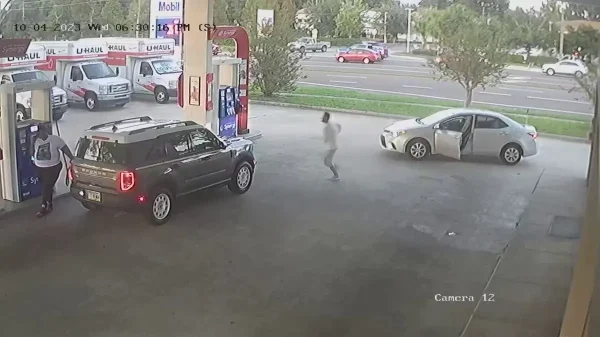Once known for the fervent spirit of Cheeseheads and the woes of Green Bay Packers defeats, Wisconsin has witnessed a transformation from simpler times to a reality where certain cities within its borders pose more significant challenges. The state, famed for its dairy delights, now grapples with pockets of peril that demand attention.

In the quest to unveil these shadowy corners, RoadSnacks has compiled a list of the most dangerous cities in Wisconsin for 2023. The methodology involved a meticulous analysis of data from 137 cities, relying on the FBI’s latest crime report. This report provided insights into violent and property crime statistics for locales with populations exceeding 5,000.
While Wisconsin’s overall crime rates surpass the national average, the statistics in the state’s most dangerous areas raise concerns. Contrary to assumptions, the epicenters of crime are not confined to bustling metropolises alone. Cities like Milwaukee and Madison bear a significant share of this crime wave, but the title of the “most dangerous place in Wisconsin” goes to a town with a population of less than 10,000.
While Wisconsin may not secure a spot on the list of America’s top ten most dangerous states, the attention-grabbing crime rates in its specific locations demand serious consideration. The question arises: What measures could address this challenge effectively? Increased law enforcement presence, the installation of security cameras, or the implementation of drug rehabilitation programs are potential solutions.
The list of Wisconsin’s most dangerous places for 2023 includes:
- Beloit
- Brown Deer
- Milwaukee
- Rice Lake
- La Crosse
- West Allis
- Madison
- Eau Claire
- Grand Chute
- Hudson
As individuals contemplate life-altering decisions, familiarity with the list of Wisconsin’s most dangerous places becomes crucial. The potential strategies for addressing these challenges may vary, but acknowledging the issue is the first step toward fostering safer communities. The state’s residents, policymakers, and law enforcement agencies must collaborate to ensure the well-being of all residents, working toward creating environments where safety and security prevail over peril.
















